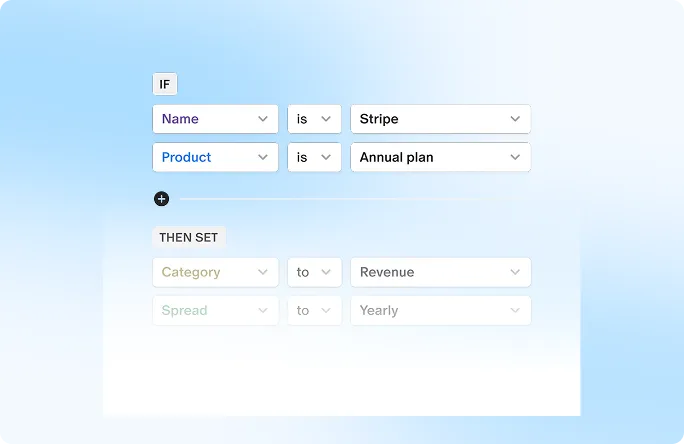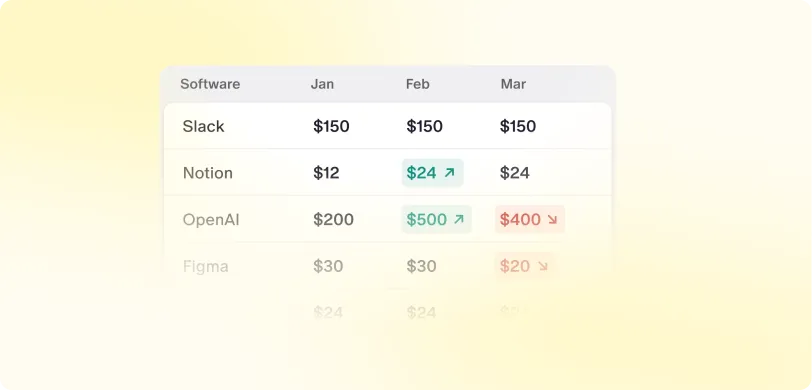In today's competitive business landscape, engaging and motivating employees is crucial for the success of any organization. One effective way to achieve this is through Employee Stock Ownership Plans (ESOPs). ESOPs allow employees to become owners of the company they work for, aligning their interests with the organisation's long-term success. However, the full potential of ESOPs can only be realized when employees are well-informed and educated about the program. In this blog, we will explore the importance of ESOP communication and education and how it can contribute to the overall success of both employees and the company.
Understanding ESOPs:
To effectively engage employees in an ESOP, it is crucial to start with a comprehensive understanding of what an ESOP is and how it works and why employees should be excited about ESOPs. ESOPs are incentive plans that empower employees to obtain ownership shares in their company. This arrangement not only grants employees a financial stake in the organization but also cultivates a mindset of ownership and responsibility. By aligning the long-term incentives of employees with the company's liquidity value, ESOPs serve as a means to motivate and retain valuable workforce talent. Also, it creates ownership mind.
Importance of Communication:
Clear and consistent communication is the cornerstone of successful ESOP implementation. It also addresses any concerns or misconceptions employees may have. Regular communication channels such as company-wide meetings, newsletters, intranet portals, and email updates should be utilized to keep employees informed about ESOP-related matters. Consistent and transparent ESOP communication ensures that employees are well-informed, engaged, and aligned with the company's goals. It fosters a sense of ownership, trust, and long-term commitment, contributing to the success of the ESOP and the organization.
What needs to be communicated across the life cycle of ESOPs
1. Introduction and Scheme launch: Clear and transparent communication is essential when introducing and launching an ESOP Scheme. It involves communicating the ESOP's purpose, objectives, and benefits to employees. This helps create awareness, generate excitement, and build a foundation of understanding and support among the workforce. Providing clarity regarding the coverage and eligibility criteria of the ESOP scheme is crucial for the organization.
2. Grant Stage: ESOP communication during the grant phase is critical to engaging and informing employees about their stock options. During this phase, it is essential to effectively communicate the details of the grant, including the number of options awarded, the exercise price, vesting schedule, and any other pertinent terms and conditions. Apart from this company has to guide employees on the frequency of grants.
3. Vesting: Effective communication with employees during ESOP vesting is crucial for clarity, motivation, and engagement. Companies need to communicate specific details regarding the vesting process, including the vesting schedule, performance criteria tied to the ESOP shares, and the significance of meeting these criteria for both the employee's ownership and the company's success. Regular updates, transparency in sharing data, and a defined assessment timeline keep employees involved. Moreover, companies should communicate the long-term benefits of vested ESOP shares, illustrating how employees' efforts contribute to the organization's growth and prosperity. Moreover, companies should communicate the long-term benefits of vested ESOP shares, showing how employees' efforts contribute to the organization's growth and prosperity.
4. Separation: During separation, it is crucial to communicate essential information about ESOPs to employees to ensure a smooth and well-informed transition. Firstly, employees should be informed about the status of their vested ESOP shares, detailing the number of shares they are entitled to based on their vesting schedule. Secondly, they need to be aware of the available distribution options, such as selling the shares back to the company or retaining them. Providing guidance on required documentation, contact information for assistance, and any deadlines for decision-making ensures a seamless process. By communicating these aspects thoughtfully, departing employees can better understand and make well-informed decisions about their ESOP benefits.
5. Exercise: Clear and concise communication during the ESOP Exercise is vital. Employees need to understand the ESOP process, benefits, and implications. Key points to convey include ESOP basics, eligibility, exercise period, stock valuation methods, tax implications, risks and rewards of owning company stock, available support channels, long-term benefits, diversification options, and the organization's commitment to fairness and compliance. Comprehensive information empowers employees to make informed decisions, fostering ownership and alignment with the company's success.
6. Liquidity: During a liquidity event, it is crucial to communicate effectively with all stakeholders involved. Transparency and clarity are paramount to ensure everyone understands the implications and opportunities arising from the event. Key points to communicate during liquidity include the reason for the event, whether it's an IPO, acquisition, or any other exit strategy. Details about the timeline and process and any potential changes to ownership structures or management are essential. Additionally, stakeholders should be informed about the financial impact, possible gains or losses, and any tax considerations resulting from the liquidity event. Open channels for questions and discussions should be established to address concerns and provide support. By fostering clear communication during a liquidity event, stakeholders can confidently navigate the process and ensure a smooth transition for the organization's future.
Best Practices in ESOP Communication
To ensure a successful ESOP journey, companies should implement best practices in ESOP Communication, including arranging Townhalls, particularly during the scheme launch and for periodic updates. These Townhalls allow employees to ask ESOP-related questions, fostering transparency and engagement. The presence of leadership and management during these events instils confidence among employees. Companies can use handbooks, fliers, banners, newsletters and emails to inform the option holders about important issues like the lapse of option, vesting alerts, and termination of the exercise period etc. An automated employee portal streamlines ESOP communication, ensuring continuous and real-time updates. Automating the ESOP communication process saves costs and enhances overall communication efficiency. By leveraging these tools and adopting automation, companies can maintain seamless and effective communication with option holders, enabling them to make well-informed decisions and stay engaged in the ESOP program.
Simplifying complex ESOP concepts through the use of plain language, visual aids, and ESOP FAQs facilitates comprehensive understanding. Moreover, offering supplementary educational materials, online resources, communication of potential wealth creation, sharing success stories, and incorporating interactive elements keep employees informed and actively engaged in the ESOP scheme. By adopting these practices, companies can create a strong ESOP culture and encourage employee participation in a successful ESOP program.
Conclusion:
ESOPs present a potent tool for engaging and motivating employees, ultimately contributing to the organization's success. To harness the full potential of ESOPs, effective communication, transparent reporting, education, and engagement programs are essential. By ensuring that employees fully comprehend the ESOP's purpose, benefits, and mechanics, organizations can cultivate a strong sense of ownership, accountability, and alignment with the company's long-term objectives. Prioritizing ESOP communication and education is a strategic investment in the prosperity and sustainability of both employees and the organization. With Qapita, you can automate the ESOP communication process and get the most out of your equity plans, providing employees with much-needed visibility and clarity around their compensation.
FAQs
1. What are ESOP communication strategies?
ESOP communication strategies involve educating employees about plan benefits, eligibility, vesting schedules, and tax implications. Effective strategies include clear onboarding materials, regular updates, workshops, and accessible resources to ensure employees understand how ESOPs contribute to their financial growth and company success.
2. What does an ESOP communications committee do?
An ESOP communications committee develops and implements strategies to educate employees about the ESOP. They create informational materials, organize training sessions, and answer employee questions. The committee ensures consistent messaging across the company, plans events to celebrate ESOP milestones, and gathers feedback to improve communication efforts.
3. Who benefits from ESOPs the most?
ESOPs benefit multiple stakeholders. Employees gain an ownership stake and potential financial rewards as the company grows. Companies benefit from increased employee engagement, productivity, and retention. Founders and original owners can use ESOPs as a succession planning tool, allowing them to transition ownership while maintaining the company's legacy gradually.
4. What happens to ESOP if you quit?
When an employee quits, the company typically distributes or repurchases their vested ESOP shares. The timing and method of distribution depend on the plan's rules and may occur immediately or be deferred until retirement age. Unvested shares are usually forfeited. Some plans offer the option to keep shares in the ESOP until a later date.


 ESOP Management
ESOP Management

 Liquidity Solutions
Liquidity Solutions

 ESOP Consulting
ESOP Consulting

 Fund Management
Fund Management










































